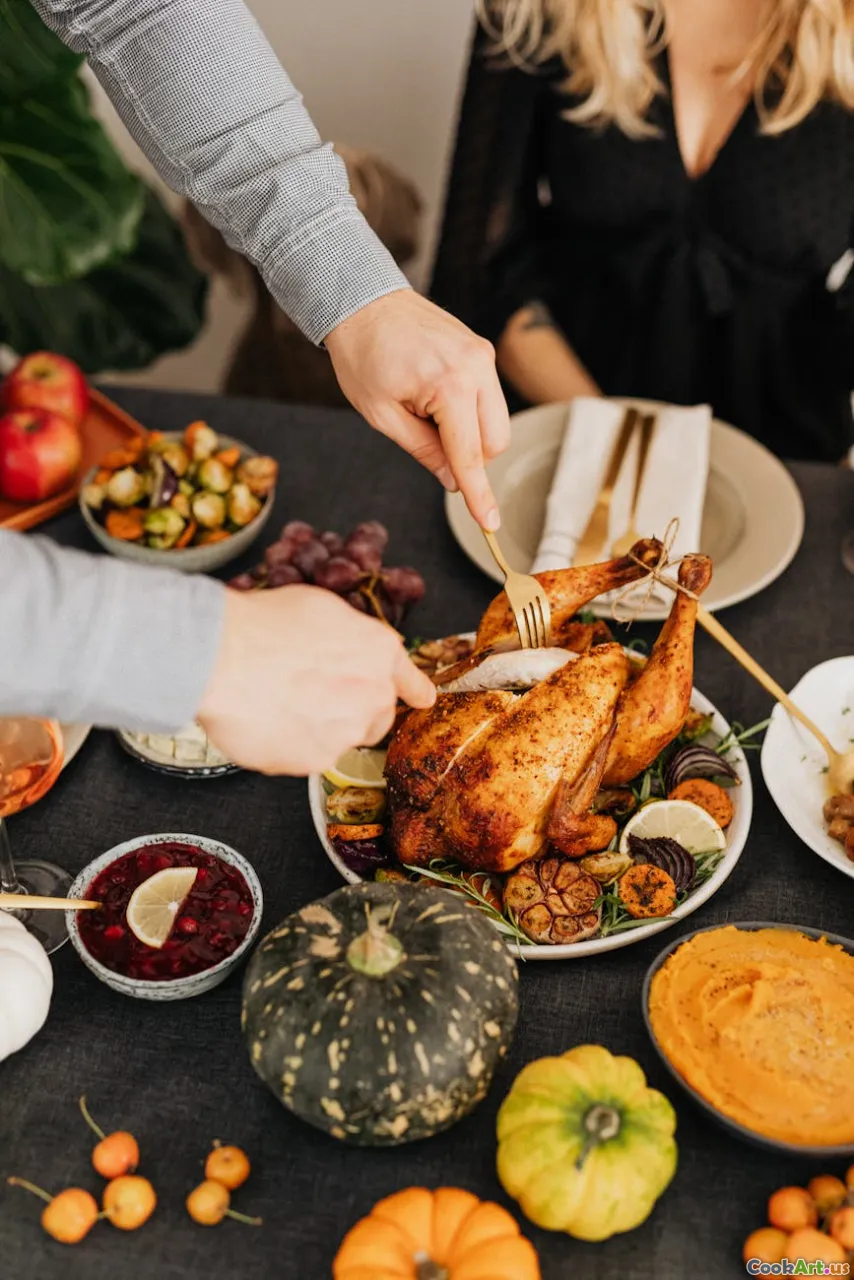Celebrating Armenian Feasts Through Traditional Recipes
8 min read Dive into the rich tapestry of Armenian feasts and explore traditional recipes that celebrate culture, history, and family. April 18, 2025 22:55
Celebrating Armenian Feasts Through Traditional Recipes
Armenian cuisine is a beautiful tapestry woven from centuries of history, culture, and tradition. It is a cuisine that embraces communal feasting, where the act of sharing food is as important as what is served. As we delve into the heart of Armenian feasts, we discover not only vibrant flavors but also the stories and emotions that accompany each dish.
A Journey Through History
The roots of Armenian cuisine can be traced back to ancient times, influenced by the region's geography and its interactions with neighboring cultures. The Armenian Highlands, rich in fertile soil and diverse climate, have blessed the land with an array of fresh produce. This geographical bounty is reflected in traditional recipes, where seasonal ingredients take center stage.
Armenians have always celebrated their culture through food. Festivals, religious holidays, and family gatherings are marked by elaborate meals that showcase the best of their culinary heritage. These feasts often include a variety of dishes, from savory to sweet, each with its own significance.
The Essence of Feasting
Feasting in Armenian culture transcends mere sustenance. It is an act of love, community, and connection. As families gather around a table adorned with vibrant dishes, the air fills with laughter, storytelling, and the clinking of glasses filled with homemade wine.
Lavash: The Heart of the Table
One cannot discuss Armenian feasts without mentioning lavash, the traditional flatbread that is a staple in Armenian households. Made from simple ingredients—flour, water, and salt—lavash is a culinary marvel that embodies the spirit of Armenian hospitality. It is baked in a tandoor, creating a unique texture that is both soft and slightly charred.
Lavash serves as a canvas for many Armenian dishes. It wraps around kebabs, scoops up stews, and accompanies almost every meal. The act of tearing off a piece of lavash and sharing it with loved ones is a gesture that symbolizes unity and love.
Kebab: A Feast Favorite
No Armenian feast is complete without kebabs. Whether they are made from marinated lamb, beef, or chicken, these skewered delights are a testament to the country’s grilling prowess. The meat is often seasoned with a combination of spices and herbs, including sumac, cumin, and parsley, which elevate the flavors to new heights.
Imagine the aroma of kebabs sizzling on the grill, the juices caramelizing, and the smoky scent wafting through the air. Served with fresh vegetables and lavash, they create a meal that is as visually appealing as it is delicious.
The Sweet Side of Armenian Feasts
After the savory delights, Armenian feasts transition to the sweet and rich desserts that are equally important. One of the most beloved treats is Gata, a sweet pastry filled with a mixture of sugar, butter, and flour. Its flaky texture and rich flavor make it a perfect ending to any meal.
Another favorite is Pakhlava, the Armenian version of baklava, made with layers of phyllo dough, nuts, and honey. The sweetness of these desserts is often balanced with strong Armenian coffee, creating a delightful contrast that warms the heart.
Emotional Connections Through Food
For many Armenians, food is a connection to their heritage and family history. Recipes are passed down through generations, with each family adding their own twist. As I recall my grandmother in her kitchen, the air filled with the scent of simmering lentil soup and the sound of her laughter, I realize how deeply intertwined food is with our memories.
The Ritual of Cooking
The act of preparing traditional Armenian dishes is often a communal affair. Family members gather in the kitchen, sharing stories and laughter while preparing meals together. This ritual fosters a sense of belonging and continuity, reminding us of our roots and the importance of family gatherings.
Celebrating Armenian Feasts Today
In contemporary Armenia, feasts have adapted to modern times, yet they retain their traditional essence. Special occasions, such as weddings, birthdays, and religious holidays, are still celebrated with extravagant meals that reflect the rich culinary heritage of the country.
Influence of Globalization
While globalization has introduced new flavors and techniques, many Armenians remain committed to preserving their culinary traditions. Restaurants in Yerevan and beyond proudly serve traditional dishes, while home cooks continue to perfect their family recipes. This blend of old and new creates a dynamic food culture that honors the past while embracing the future.
A Personal Reflection
As I reflect on my own experiences with Armenian feasts, I am reminded of the warmth and love that fills the room whenever we gather around the table. Each dish tells a story, and every recipe carries the weight of history, family, and tradition. The laughter shared over a meal creates bonds that last a lifetime, highlighting the importance of food in our lives.
Conclusion: A Culinary Legacy
Celebrating Armenian feasts through traditional recipes is not just about the food; it is about honoring the stories and connections that shape our identity. Each dish, from lavash to kebabs to sweet pastries, invites us to partake in a rich cultural legacy that continues to thrive today.
As you explore Armenian cuisine, remember that every meal is an opportunity to connect, to share, and to celebrate the beauty of communal dining. So gather your loved ones, prepare a feast, and let the flavors of Armenia tell their story.









